
We will tell you how we developed an identity that “adapts” to new items in a merchant store.
How did the idea come about
As with many companies, we occasionally had merch. These were mainly branded T-shirts, sweatshirts and bags on the eve of important conferences and corporate events. But about a year ago, we realized that this was not enough - we want and can make a line of conceptual things.

- Shop - solving several problems at once. Firstly, I wanted to make high-quality merchandise in a single concept that would promote the brand. Secondly, we wanted a set of items that the guys could receive for their activity: performances at events, mentoring new robots, training on external sites, etc. And finally, we wanted to figure out how to congratulate employees on their birthday.
Anastasia Zaltsman, HR Director
Scale and details
You can simply put the logo on mugs or chargers, but I wanted the design to have meaning.

- We needed a merch that would become a continuation of the corporate identity. We wanted to make it so cool that it would be nice to wear it ourselves and people from other companies would want the same for themselves.
Evgeny Bondarev, creative director of the design laboratory
Inspired by the markings on equipment and components, we have worked out a concept based on labels with the name of the product, technical characteristics and barcode.
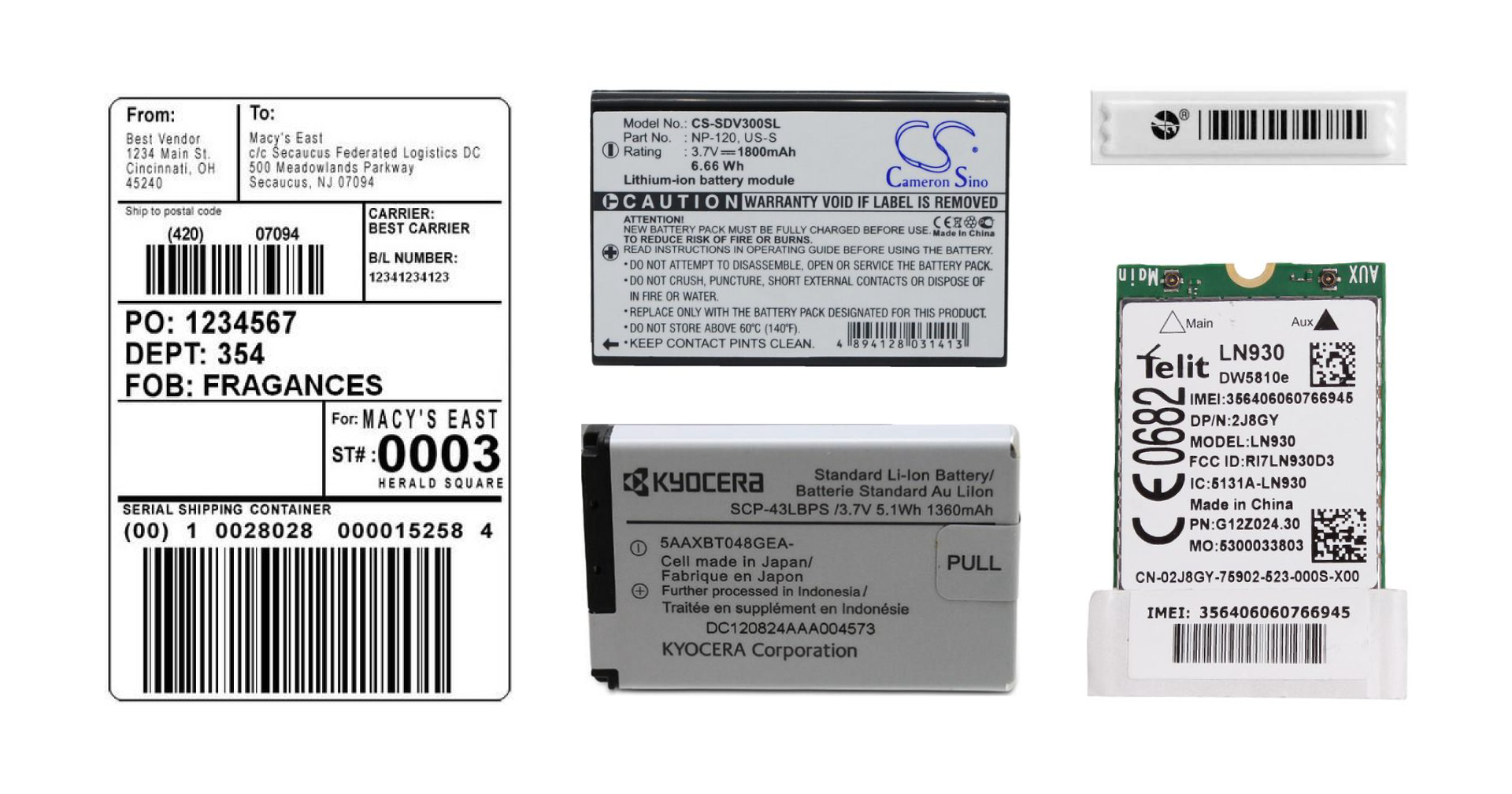
Examples of technical markings from the mood board for merchandise
Developing the concept, we added designations and numbers that are “incomprehensible” to humans, but easily read by “artificial intelligence”, as well as fictitious units of measurement comparing a robot and a human.
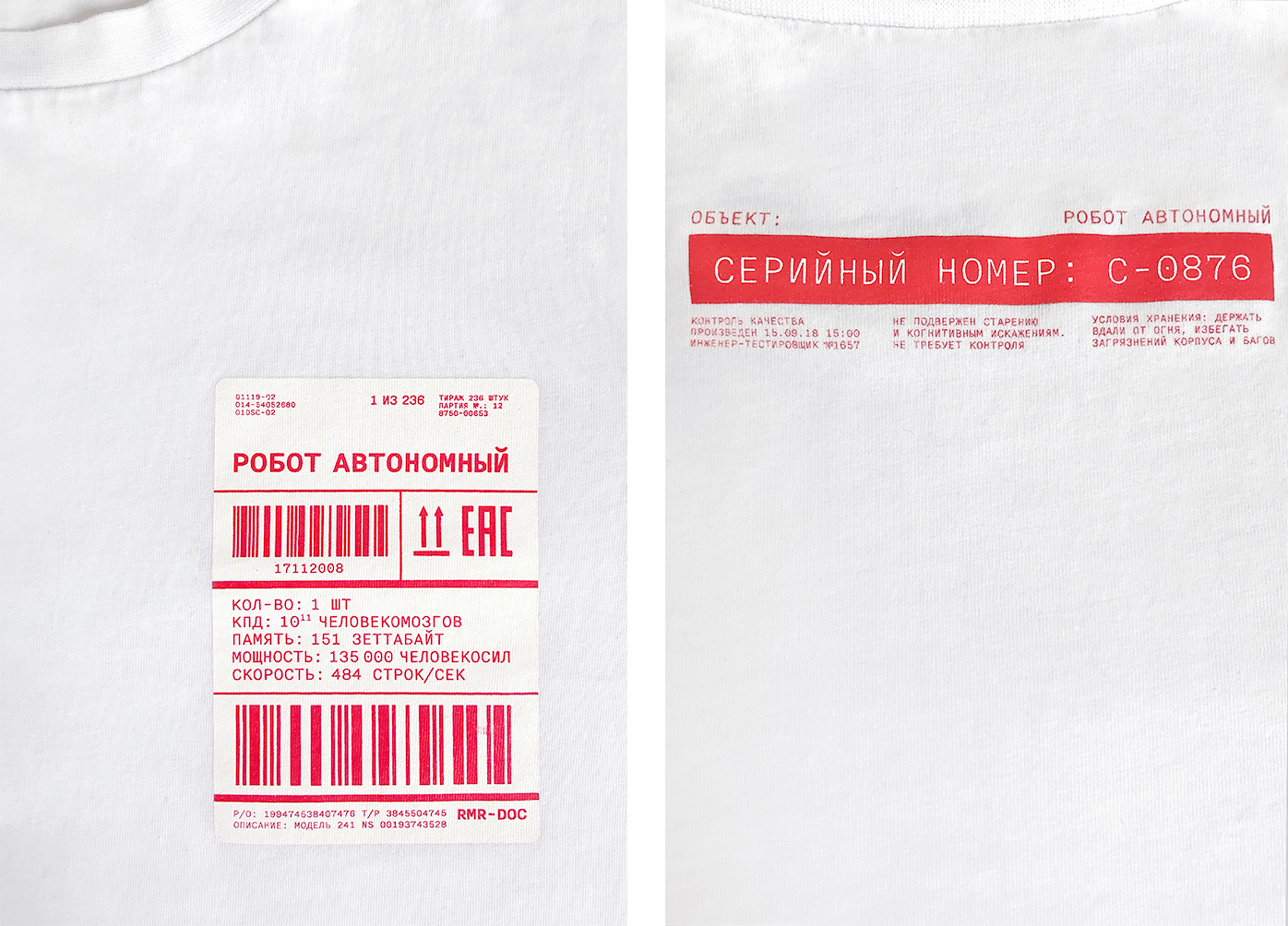
Print on the first T-shirts, front and back. T-shirt - robot body
We liked the solution we found: it was understandable, non-trivial and “friendly” with the image of the robot. And now we had to figure out how to scale the idea for other things as well.
At first, we thought that you can make items that will give superpower. But then another topic was found - to describe each thing through the question: "what could it be for a robot?"
During the brainstorming session, the answers were easy enough: a raincoat and an umbrella → this is “waterproofing”, a bottle for water → “hydroaccumulator”, a mug → a tank for “liquid fuel” and so on. T-shirts, which served as the body, fit perfectly into this logic.
Identity and brand elements
After the key idea was identified, we began to think through what to convey the message that we have a robot thing in front of us.

Fonts and colors
A prerequisite for merchandise not to run counter to the corporate style, but to be a part of it. Our font unites everything, referring in style to the interfaces of the 80s - 90s.
For example, in social networks we like to use black and white photos and robots of the last century - we glorify retro futurism - we are inspired by how people in the past imagined the future. The design of the merch also came out at the junction of new technology with a "retro flavor".

Typical illustration for an article on a blog or on a social network
All the inscriptions on the merchandise are black and white and look simple - this is how they usually write on technology. Now about what unites objects of different shapes and materials.
Barcode label
T-shirt labels have become one of the key elements on which the concept is based. This theme is applicable not only to clothing, but also, for example, tape and a mug.

“Robots are such perfect machines, on which labels with characteristics that are many times greater than human capabilities are glued. At the same time, we are close to the idea of what the idea of labels carries - a kind of unification both in terms of work standards and in terms of the fact that all employees are equal.
Polina Rezvanova, designer
Iconography
We took as a basis the warning icons on the boxes in which the equipment is packed: glass, dangerous, etc. For example, there is a drop sign on the umbrella and raincoat, and energy on the charge.

Serial number
Developing the concept, we decided that all the items are a set of robot devices, so we numbered each thing and made a tag with a number. We thought that such a feature would awaken the excitement to collect the entire collection.

Labels for different items. Branded elements: barcode, inscription, description, device number. There is an exception for the icon: it is an identifier, not a device, so instead of a number - “ID”

- Initially, we chose a color scheme that combines all the corporate colors: red, blue, black and white. But with the development of the concept, they switched to a stricter range, which logically followed from the aesthetics of the labels: rectangular white stickers with black text. This echoed our idea of a beautiful and minimalistic technique (not without the influence of Apple, of course): light colors, no decor, translucent or silvery materials. But we are red, passionate, so I still wanted to add small bright elements. So they decided to add a red tag with the device number to each label.
Polina Rezvanova, designer

Label describing the contents of the mug
By combining and refining elements, you can add as many new merchandise items to your store as you like. We are now planning seasonal collections and sets.
What ultimately happened
In October 2019, we launched the Filling Merch store. Now there are 10 lots in it, which can be bought for special "tokens". Socks, blankets, pop sockets, phone cases, panama hats, card holders, a robot constructor, gadget cloths and an eco-friendly reusable glass are coming soon. In order to present the merch to the employees, we filmed a photo session: the
raincoat was waited for almost 8 months, the necessary fabric was bought only in China and we were looking for a production facility for sewing the product.
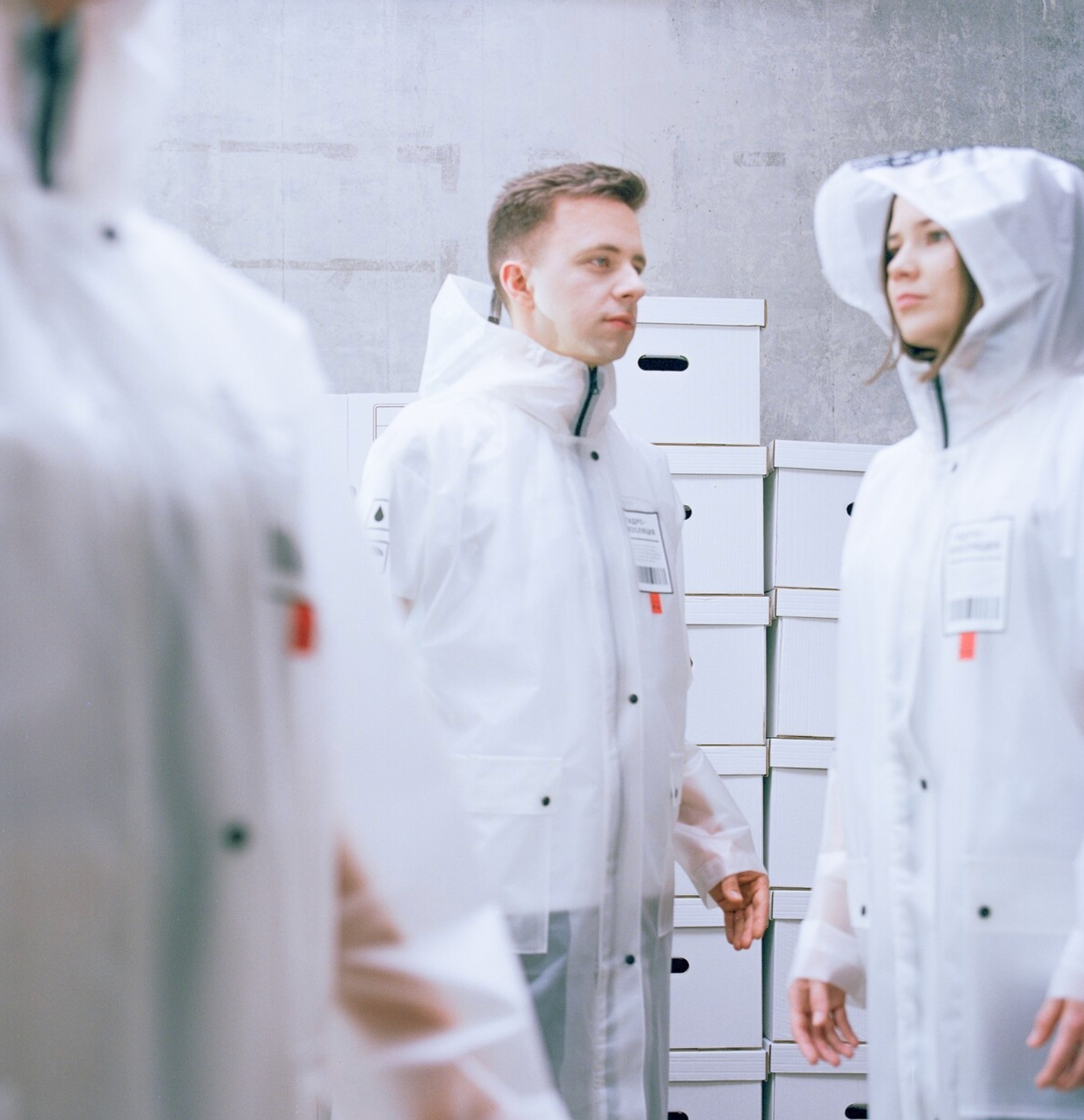 |
 |
The T-shirt , with an updated style concept, is a basic element of merchandise and wardrobe.

Instructions for the robot:
 |
 |
Umbrella.

The sweatshirt is coming soon to the store.
 |
 |
Everyone liked the design of the backpack , but it turned out to be not very durable to wear, so in the next batch we plan to replace the accessories.
 |
 |
Bottle for water.
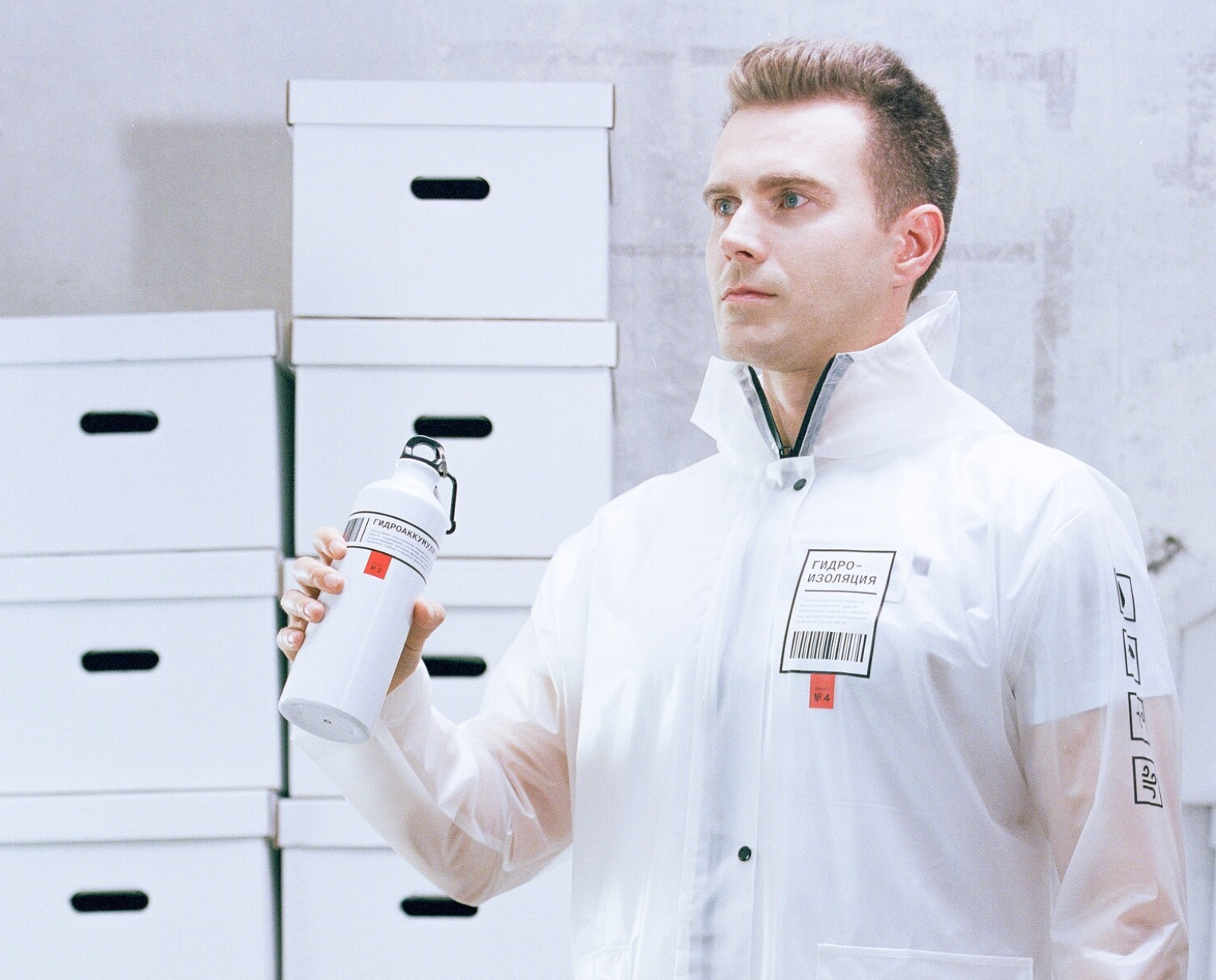
Charging is a popular product in the store. Applied to Xiaomi power banks.

Ceramic mug. To get one, you need, for example, to take part in an external discussion twice or make an internal report.
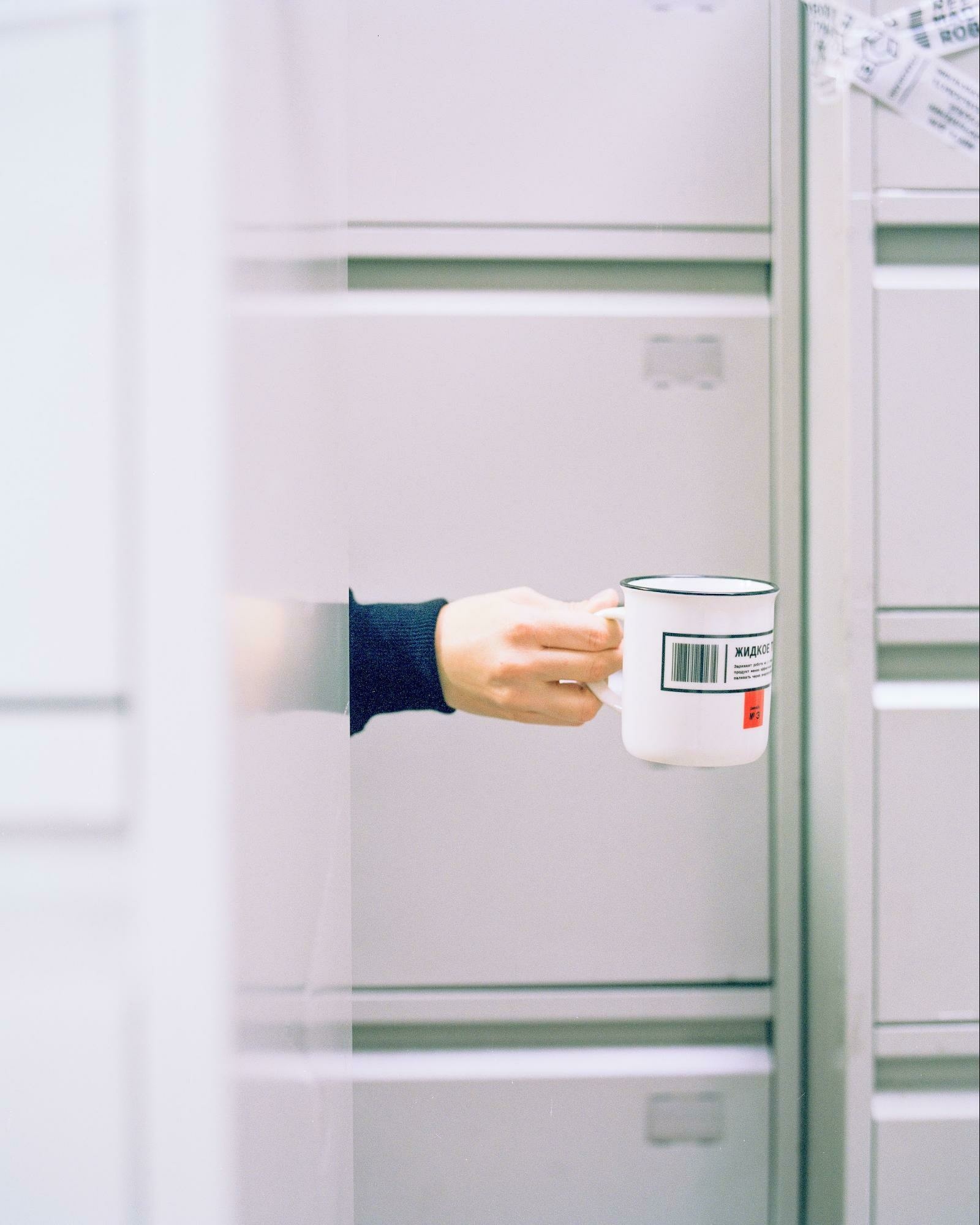
Waist bag.

Badges are one of the easiest lots to produce. We just ordered them. To earn money for a badge, you need, for example, to get your comment published in the media.
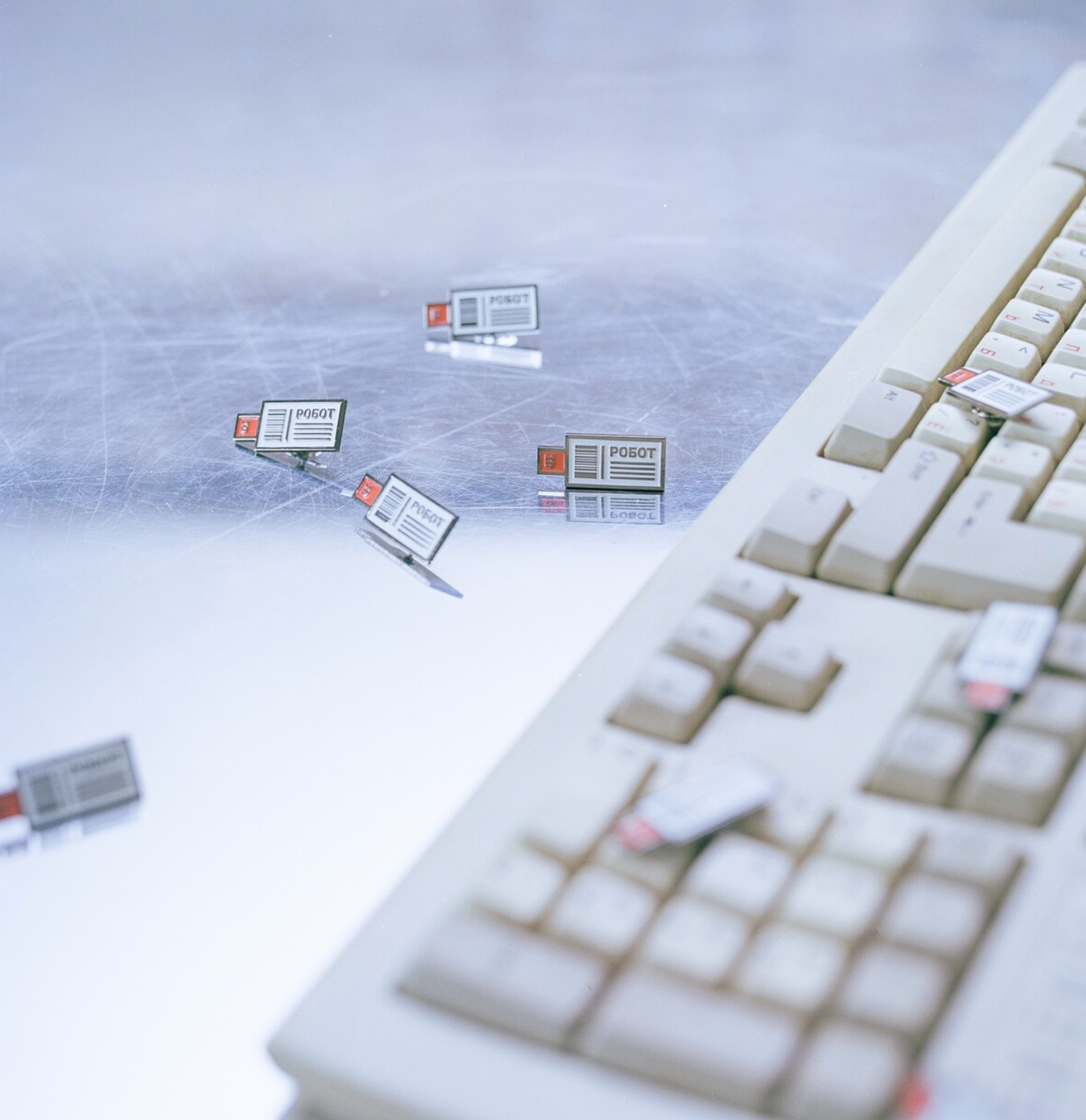
Branded tape. Pain of our production manager. In short, the scotch was almost late for the merch photo shoot.
 |
 |
We were not chasing a wide assortment. The team worked out different options for things, but if it turned out that a high-quality and beautiful thing could not be done, then they decided to release less, but those that would completely suit us in quality.
 |
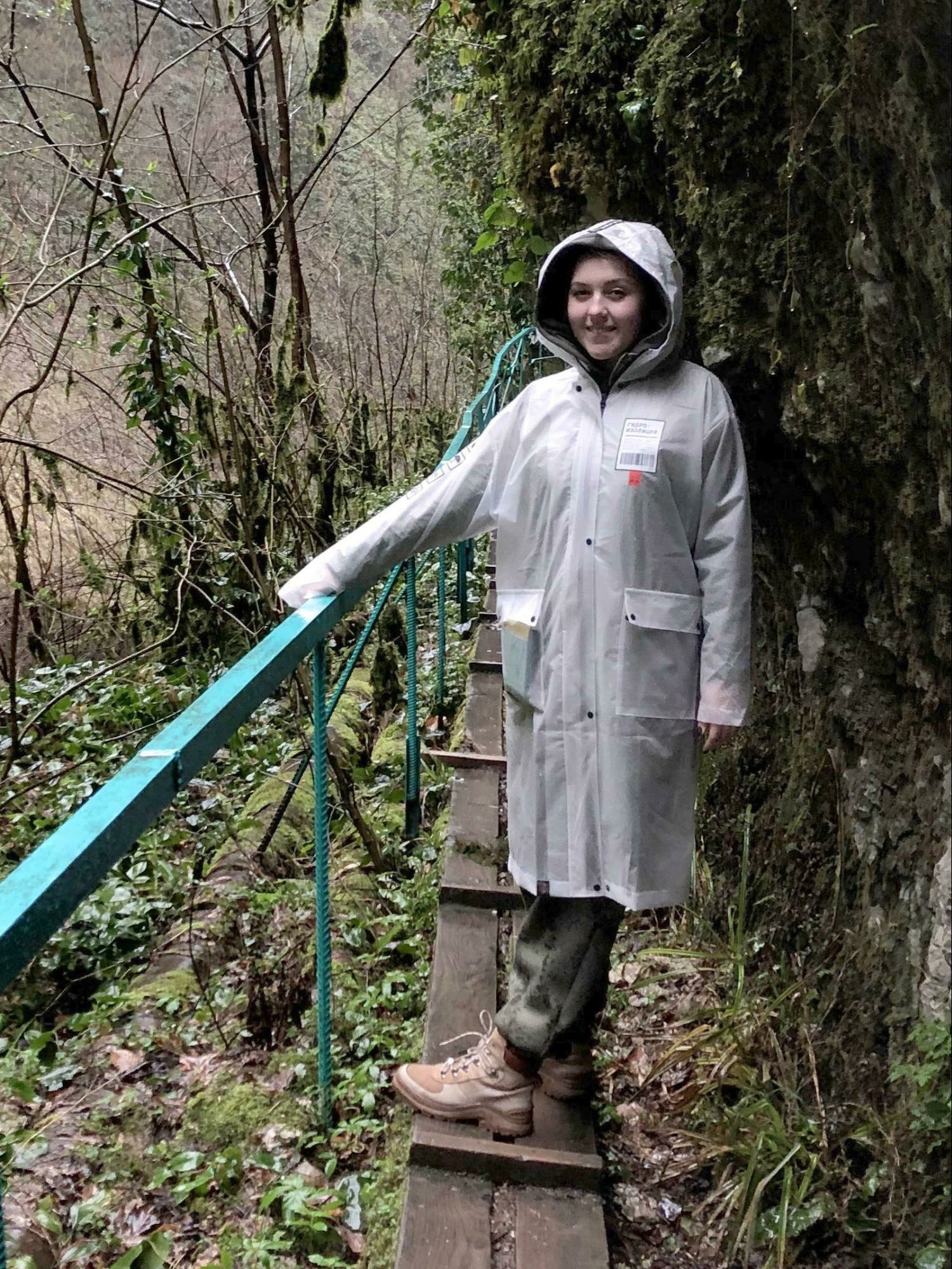 |
Tips for those thinking of making merch
- Think about your cultural code: how you differ from other companies, and create a story that unites your people, values and merchandise. A strong communication idea turns merch into more than just things.
- Highlight quality criteria for items. If you don’t like a thing, you don’t need to start production, employees will not like it either. It is better to make fewer items, but they should all be so cool that you really want to buy them yourself.
- . , , «» , , . : - , - .
- — , , . .